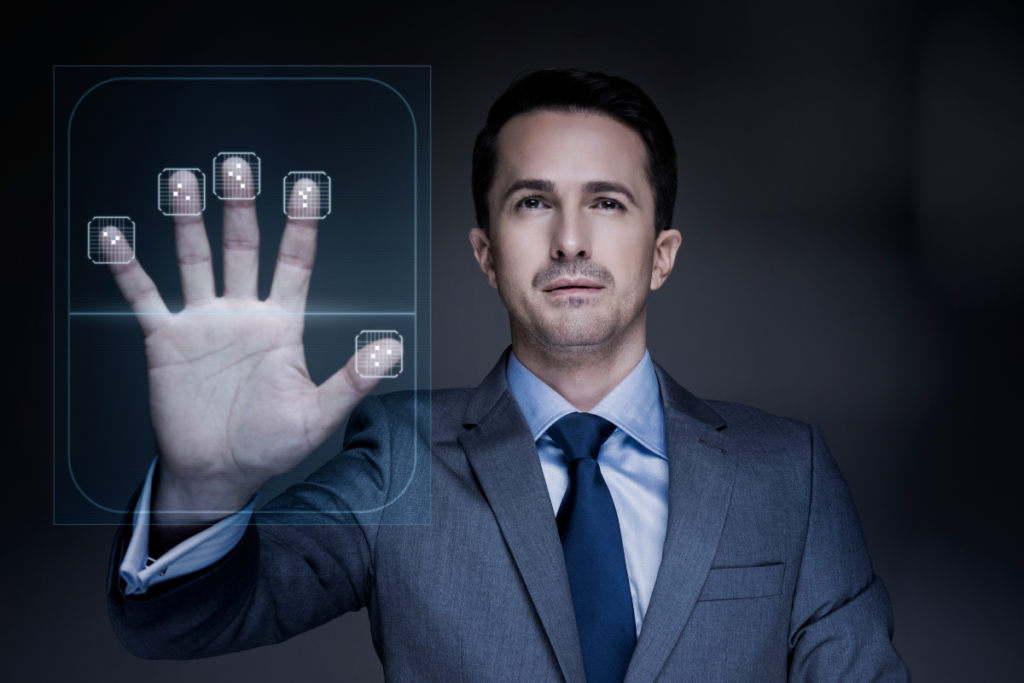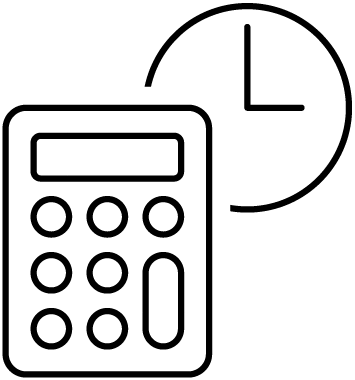
Lost passwords and misplaced access cards frustrate everyone. Many organizations now implement advanced security access readers to address these challenges.
PIV-based biometric readers strengthen access control through unique physical identifiers such as fingerprints, facial features, and iris patterns. Biometrics work especially well with PIV based credentials and access systems using PIV and CAC access readers that are enabled with the biometric scanner. One reason is the biometric template can be stored directly on the credential, eliminating storage of one’s biometric in a government or corporate database.
This paper demonstrates why biometric authentication could be the security upgrade your organization needs.
Healthcare and Medical Security Benefits
Healthcare facilities are transforming how they protect sensitive information and ensure patient safety. The global healthcare biometrics market will reach USD 14.50 billion by 2025, which shows how this technology has become crucial in medical settings. The Veteran’s Administration has deployed 3-Factor biometric CAC readers in many of VA pharmacies to protect access to certain drugs.
Biometric readers are changing healthcare security in several keyways:
- They prevent medical errors through accurate patient identification
- They protect controlled substances with secure access controls
- They maintain HIPAA compliance through better data protection
- They create detailed audit trails for regulatory compliance
- They reduce healthcare fraud through identity verification
Patient Safety and Record Protection stands as a top priority in healthcare settings. Biometric security systems can reduce the risk of patient misidentification, leading to medical errors or inappropriate care.
Controlled Substance Management has improved with facial recognition technology. The system automatically logs each retrieval attempt and supports compliance with strict government regulations that also require PIV credentials and readers. Only authorized personnel can access medical cabinets, which creates a clear chain of custody for sensitive medications.
Biometric authentication has made major improvements in fraud prevention by verifying patient identities during enrollment and data access. It works especially well to prevent insurance fraud and unauthorized access to medical services.
Corporate and Financial Sector Applications
The financial sector leads in biometric security reader adoption. Banks and corporations acquired 3.6 million biometric devices in 2022, which shows how the industry now has a strong sense of control over the protection of assets and verification of identities. This reassures everyone about the effectiveness of these systems. Many banks are combining PIV readers with biometrics for the state-of-the-art security.
PIV-based biometric readers are changing how companies control access to:
- Data rooms and research laboratories
- Customer experience centers
- Product development spaces
- Financial service facilities
Enhanced Security and Authentication Biometric security readers – when combined with another factor such as a PIV card – offer better protection against unauthorized access. The unique identifiers on a PIV or CAC card, when properly deployed, are impossible to clone or copy without detection. The financial sector has embraced this technology fully. Facial recognition grows at 11.9% CAGR and should reach 2.5 million annual shipments by 2027.
Educational Institution Implementation
Schools and colleges use biometric security readers nationwide to improve campus safety and optimize operations. Property crime affects 22 out of every 1,000 students, which explains why institutions are moving toward advanced security systems.
Biometric systems now revolutionize campus life in several ways:
- Quick access to athletic facilities and recreation centers
- Better security in research laboratories
- Smart management of dining services
- Automatic attendance tracking
- Secure library systems
Enhanced Campus Security Biometric readers provide better security in student areas while students can access facilities quickly. The technology works better now, and face and palm recognition systems lead the way because they work without physical contact.
Privacy and Implementation Privacy matters most in educational settings. Modern systems protect student information by encrypting biometric data, and fingerprint images remain secure. The system converts measurements into encrypted number codes to safeguard student data.
Practical Benefits Administrative tasks now take less time. Attendance tracking happens faster, which reduces paperwork substantially. Many universities use these systems in their athletic facilities and dining halls, and they report better service speed and accuracy.
Conclusion
PIV and CAC readers, when enabled with PIV-based biometric readers, excel as powerful security solutions in the healthcare, financial, and educational sectors. These systems safeguard sensitive medical data and secure financial transactions. They also create safer educational campuses and streamline daily operations.
Security managers love how these systems eliminate traditional access control problems. Medical facilities can identify patients accurately and track controlled substances better. Educational institutions benefit from enhanced safety.
IDFACTORS offers biometric-enabled PIV and CAC readers based on the HSPD-12 directive that can be configured to meet validation requirements within any budget. Our team welcomes your questions about these solutions.get. Our team welcomes your questions about these solutions.


